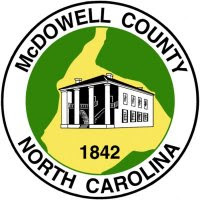“To be eligible for these programs, producers must purchase at least catastrophic risk protection (CAT) level of crop insurance for all insurable crops and/or Noninsured Crop Disaster Assistance Program (NAP) coverage for non-insurable crops. Therefore, for the 2008 crop year only, producers who were eligible to obtain at least CAT level crop insurance or NAP, but did not, can “buy-in” to be eligible to participate in the applicable Supplemental Agriculture Disaster Assistance programs by paying the administrative fee that would have been applicable if the producer had timely applied for CAT or NAP.”
Those that wish to be eligible for these programs in 2008 must meet the buy-in deadline of September 16, 2008.
For more information about these programs and a more complete explanation of buy-in fees, see the Fact Sheet.
Please contact your local Farm Service Agency office about this program. You may be eligible for drought assistance.


